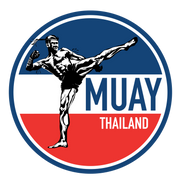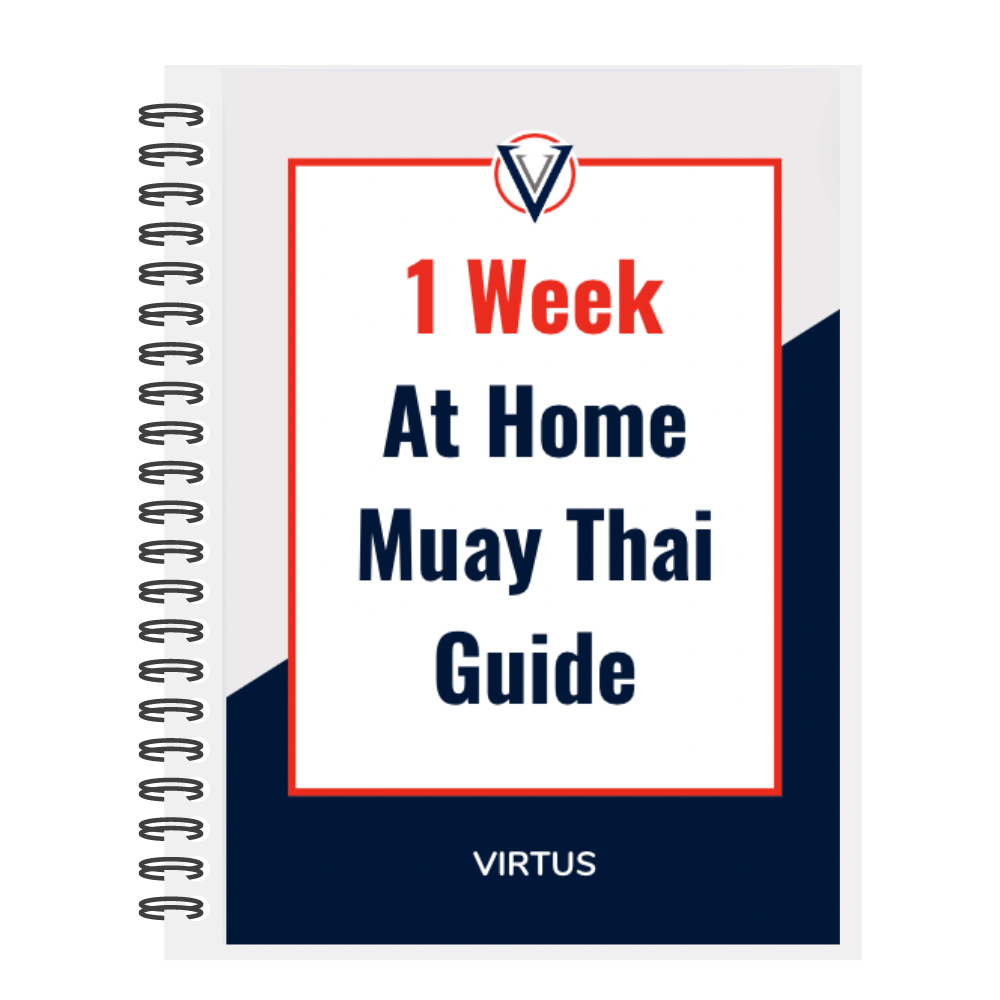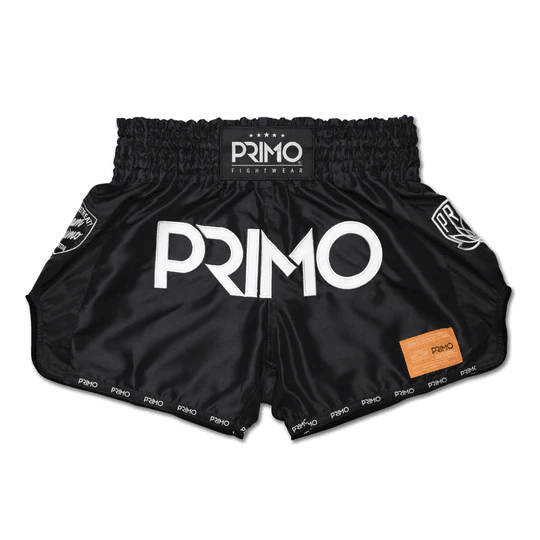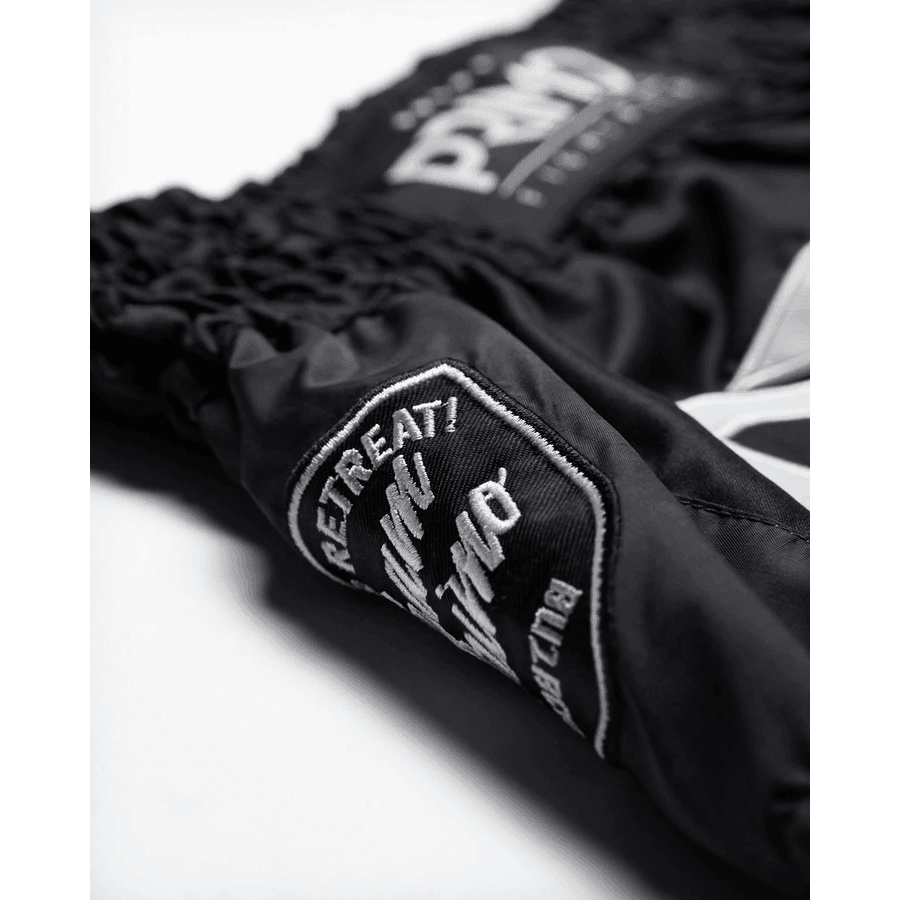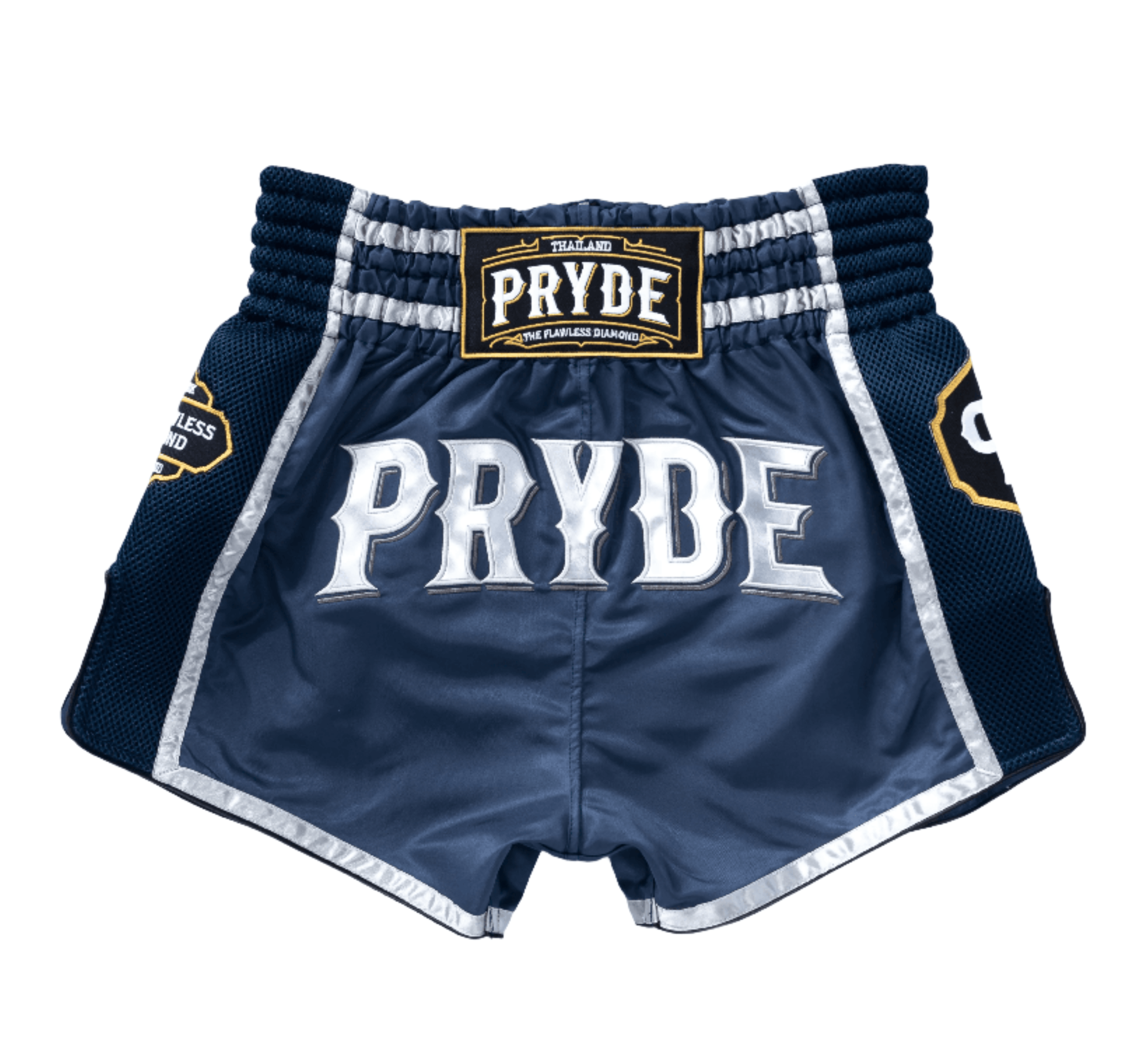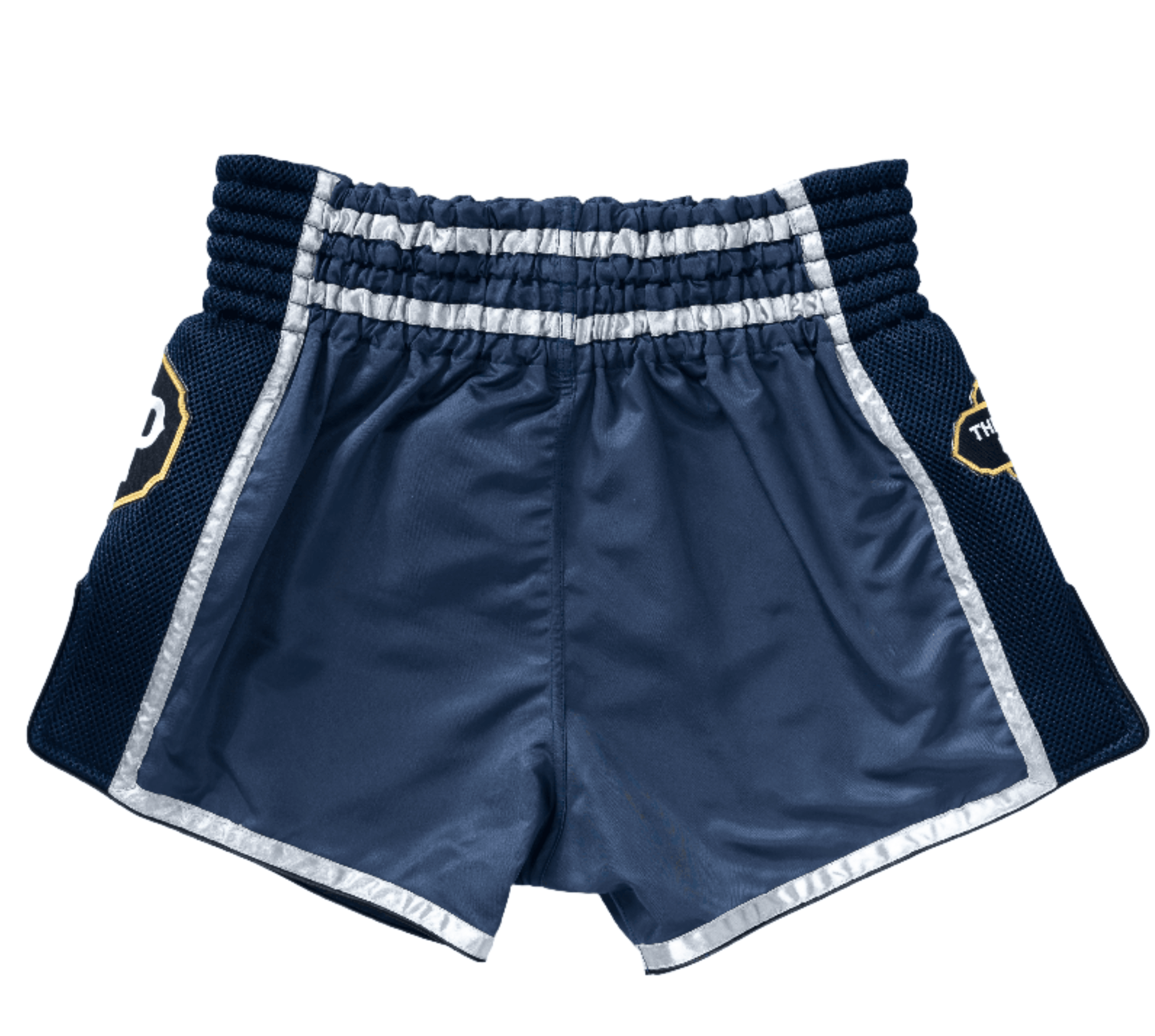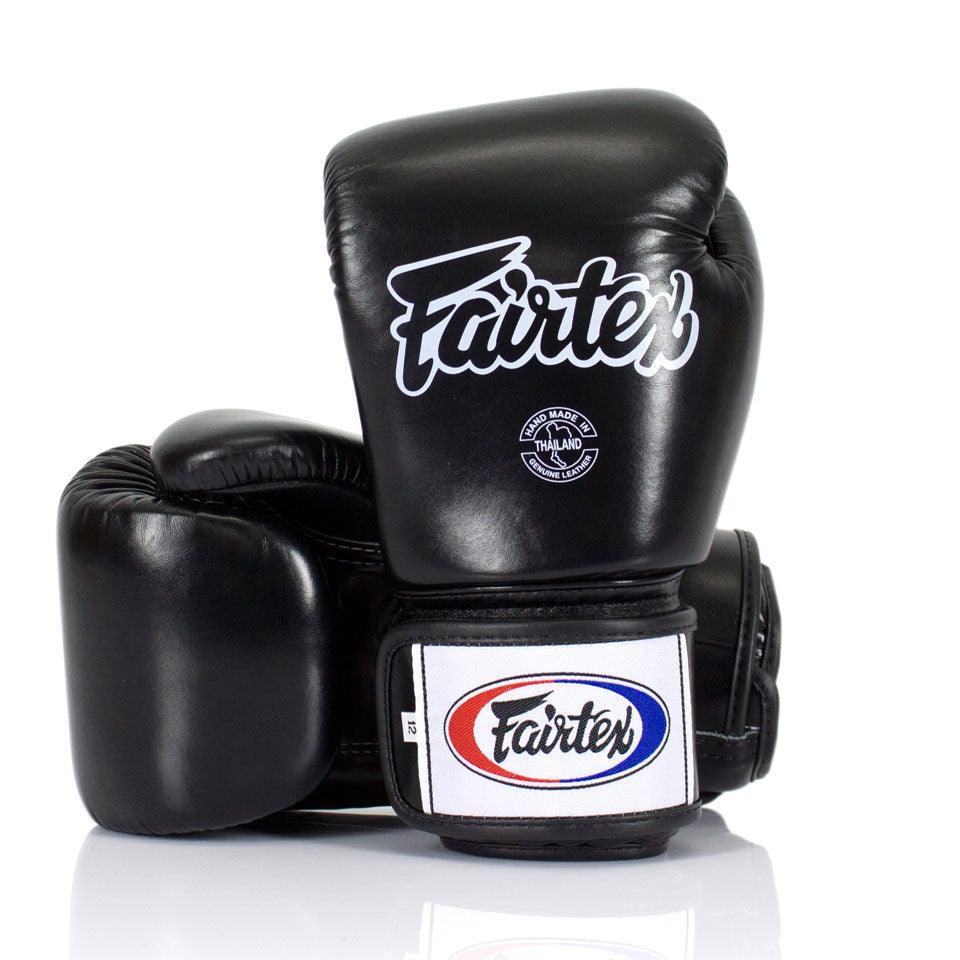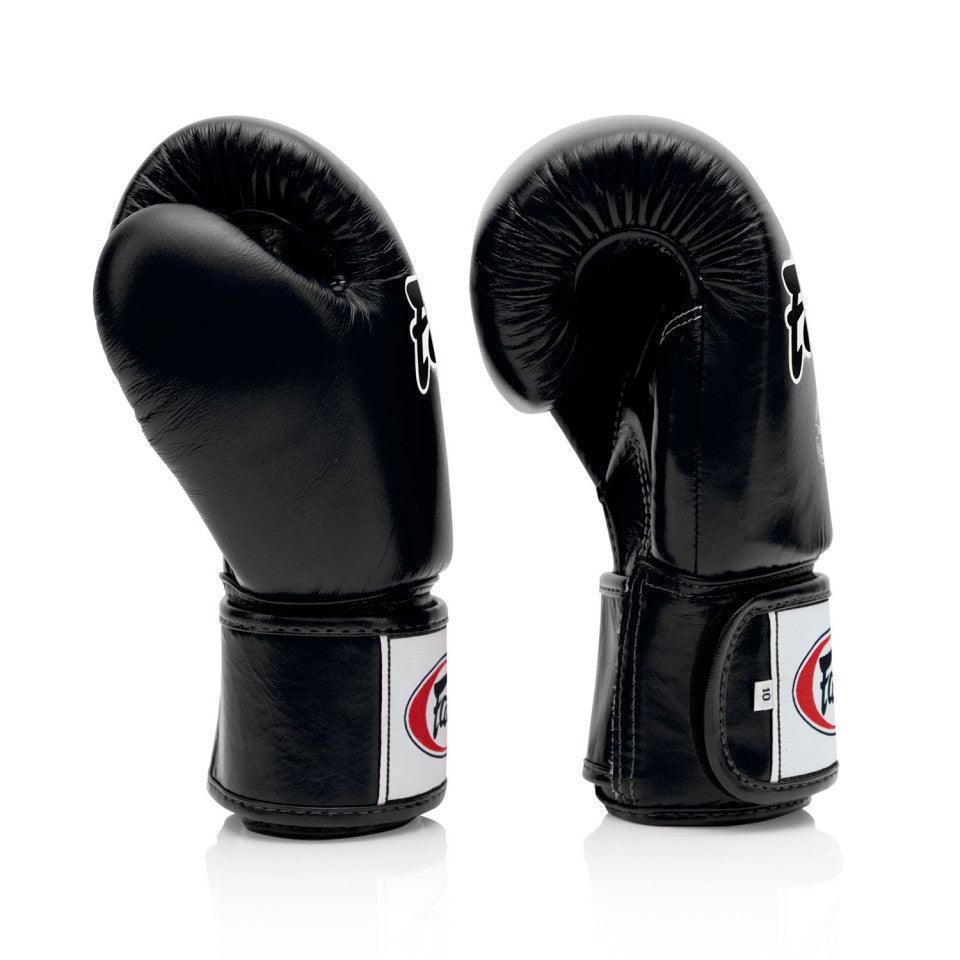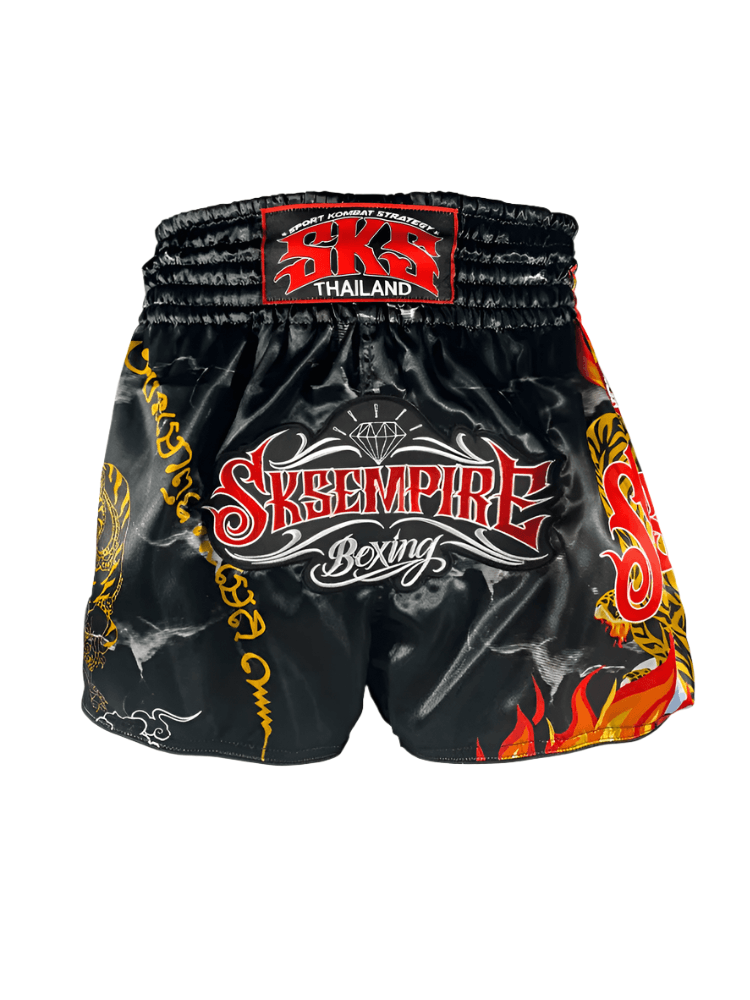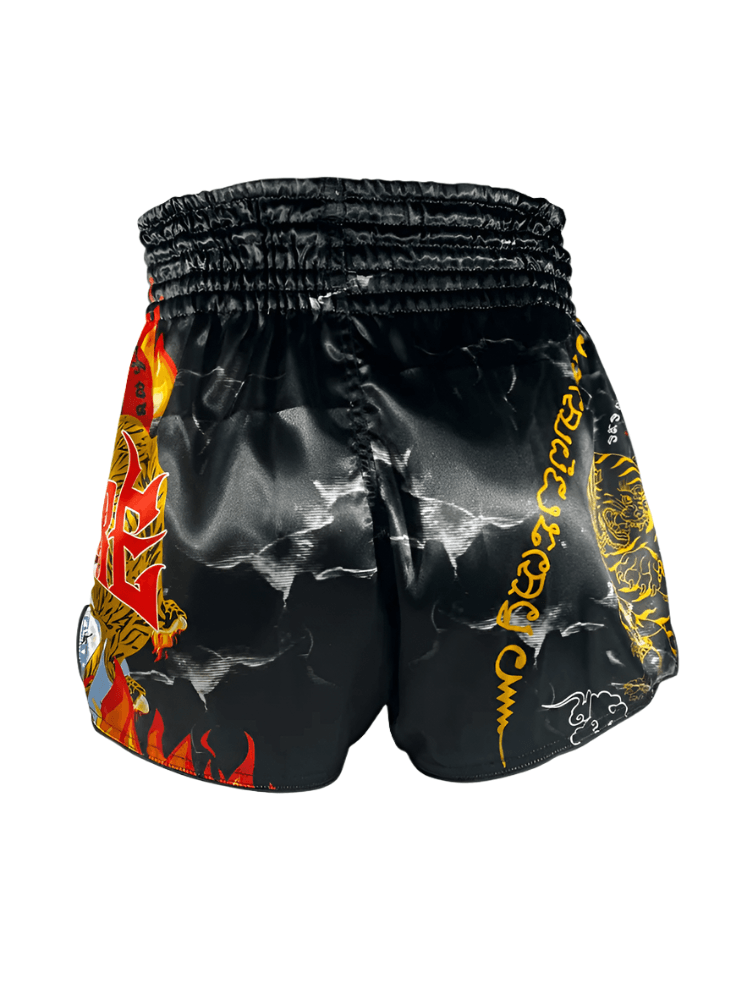A fundamental route to unlocking the full potential of your rotations, power and speed in Muay Thai is by building a high-degree of flexibility throughout your body. Developing the ability to quickly move your limbs through a wide-degree of rotations without strain or injury, will significantly contribute to you're overall effectiveness in Muay Thai. For instance, high-levels of flexibility enable you to throw head-kicks at short range and lead leg body/head-kicks without the need to step or switch stance.
That said, it's easy to see why flexibility is something you should consistently work on to build and maintain. It'll also help in your everyday life by reducing the likelihood of muscle tension. Also significant flexibility can reduce the severity of injuries resulting from physical trauma. High-levels of flexibility make your natural physical state more relaxed, allowing you to absorb and dissipate impact more effectively, thereby reducing the potential severity.
Stretching is considered the core way of increasing flexibility, although training Muay Thai properly will (and other sports which include substantial dynamic motion), in itself, contribute to your overall flexibility. Nonetheless, the tips provided below are focused around stretches (before, after and between sessions) which are designed to increase flexibility and improve recovery. We won't be covering specific stretches here though, instead we'll look at some key considerations you should adopt to maximise the effectiveness of your stretching routine.
Warm up properly
This goes both for your training sessions and any stretching specific sessions. Warm ups should be designed around getting blood flowing to the specific areas of the body that'll be used during training and stretching. For example, if you're stretching your legs and groin, warm up with walking, squats and hip rotations, thereby making your body aware that you'll be focusing on that area.
It's important that the warm up consists of dynamic stretching (stretching through movement) as the static stretching you'll progress onto needs to be preceded by rotations and movement with the muscles you'll be stretching at length. This ensure proper blood flow and mitigates the risk of injury.
Effective examples of dynamic stretching include exercise like star jumps, burpees, squats and lunges. If, for example, your stretching route is 10 minutes long, you only need to warm up for 2-3 minutes. Doing so with dynamic stretching exercises maximises the potential of the allotted time and will prep your body in the best way possible for the upcoming stretches.
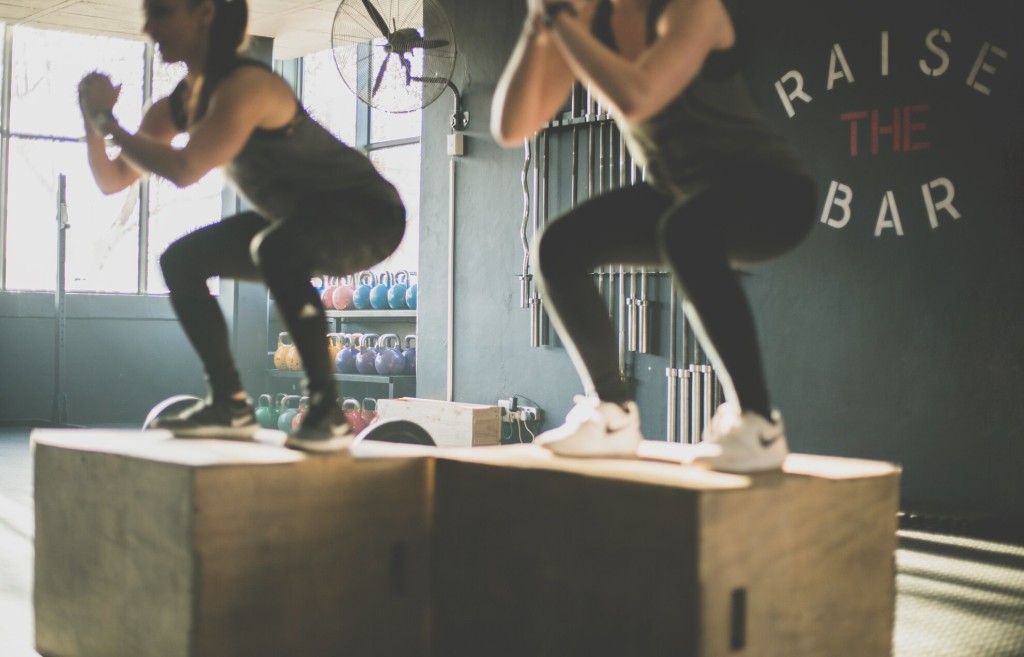
Be consistent
Like with most things, you cannot achieve measurable, worthwhile results overnight. You have to consistently practice and tweak your approach to achieve success. When it comes to building your flexibility, this means consistent stretching over a prolonged period of time.
Importantly, to build the consistency required to achieve high-levels of flexibility, you'll need to adhere to these tips and stretch more-so outside of training that inside – unless you train 4/5x a week with plenty of stretching in those sessions.
For example, try implementing a daily 10 minute stretching routine which you undertake both in the morning and evening. In 10 minutes, you'll be able to get a good warm up (2 minutes), upper body stretches (2.5 minutes), back stretch (2.5 minutes) and lower body stretch (3 minutes). Alternatively, you could focus the remaining 8 minutes to a specific body area – say the legs – and rotate through a variety of different stretches designed to increase flexibility in that particular area.
Focus on specific body areas at one time
At first glance, this point may seem somewhat contradictory to the last parts of the point above, however, it actually builds on it. When stretching, allot a set amount of time to focus on a particular body area and undertake various stretches designed to increase flexibility that particular area. This is opposed to spending longer periods of time on stretches which cater for a one or more body areas at once.
So, when you have aches or are looking to boost flexibility in your legs, for example, learn different stretches which improve flexibility in the various parts of your legs. Thereafter, build a routine (or component of a wider routine) which cycles through those stretches and focuses, overall, on your legs.
By focusing on a particular area, you'll be able to execute a variety of stretches needed to activate and stretch the many different muscles in any one area. Therefore, you're more likely to build your flexibility in that area (and overall) as you'll be focusing time & effort on that area, doing so from various angles and not through a single set of stretches.
Take your time
Learning anything new takes time. When it comes to changing the way your body moves and flexes, it's not simply about the learning though, it's also about making physical changes to your body which need time to become the new normal.
Patience and consistency are absolutely key to getting the long-term results from which you'll achieve your goals. Even though some days you may feel far less flexible and struggle to undertake the stretches you were doing so easily the day/week before, keep at it and don't try to overstretch yourself.
Furthermore, this point applies to the time you take when doing individual stretches. There is a lot of debate as to how long exactly you should and shouldn't hold a stretch for, however, what's certain is that the right answer depends on what you're trying to achieve. If you're stretching as part of a warm up before a Muay Thai session, holding for 7-10 seconds per stretch is adequate, as it's enough to help loosen the muscles. However, when it comes to increasing flexibility, it's ideal to prolong the stretches – up to 30 seconds per stretch. Control you breathing when stretching for prolonged and count down to ensure consistency. Don't rush into the next stretch either, ease yourself out and into the next.
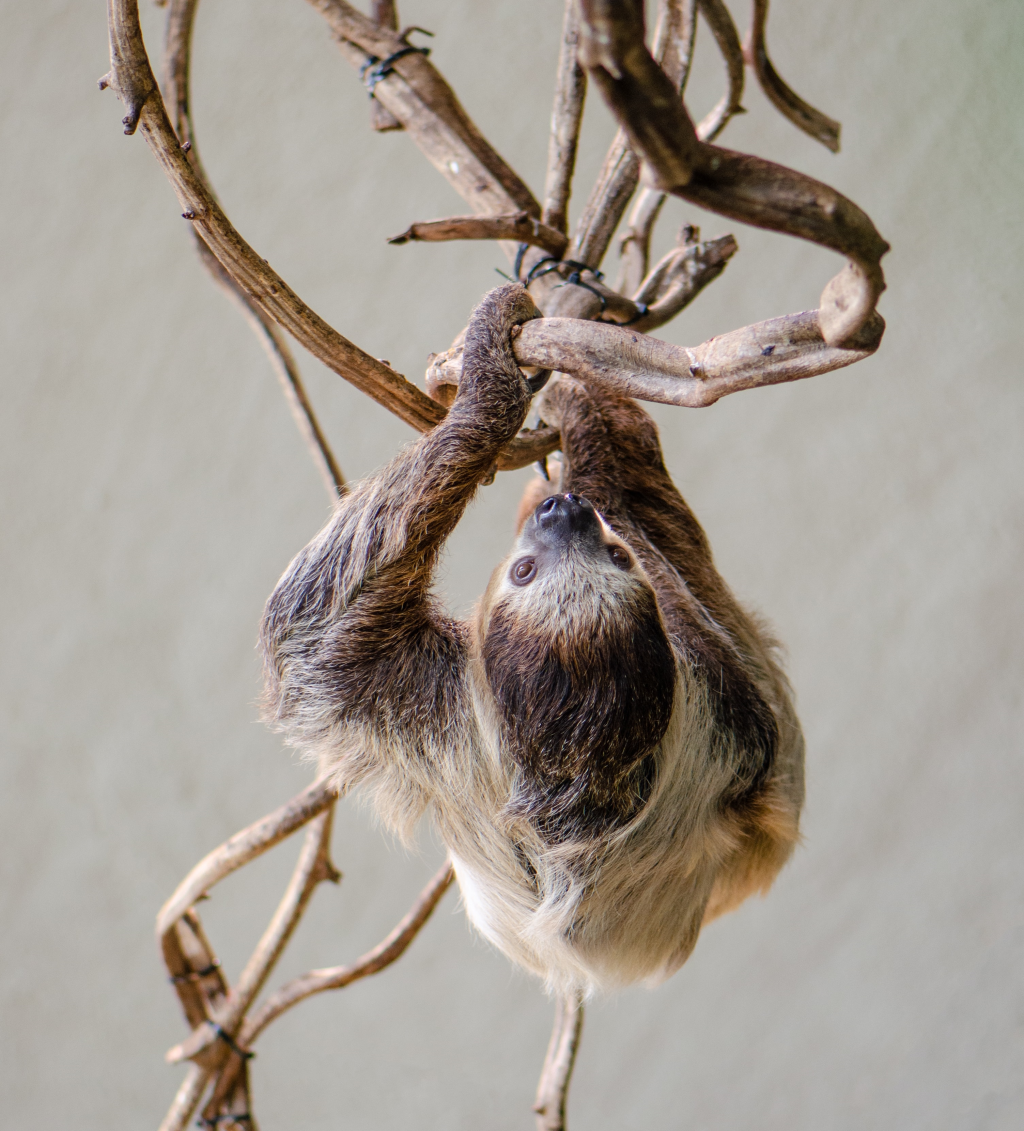
Recover properly
When stretching for flexibility, you're essentially (micro)tearing your muscles. As such, you need to have a proper recovery routine to ensure they repair properly and quickly. Besides loosening the muscles between stretching sessions by moving around and exercising, there are two things you an do that'll significantly contribute to your effective recover.
Firstly, diet is directly related to your recover speed and ability. Having a high-protein diet won't necessarily make you more flexible, however, eating protein post exercise can help decrease joint pain and accelerate recovery.
Secondly, having a warm bath or shower after working out and/or stretching will soothe you mentally and help your muscles relax. The aches and pains that you get from training (both Muay Thai and just flexibility training) can be eased with a warm bath/shower – especially if you put Epsom Salts into the bath.
You can also complement the top two by regularly applying balms/oils which are designed to increase blood flow and ease muscle aches.
